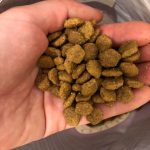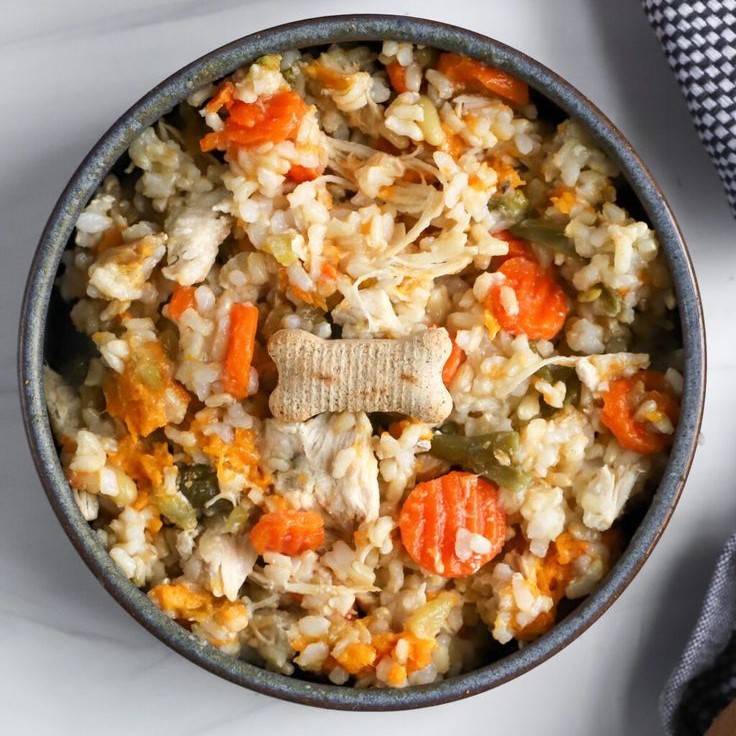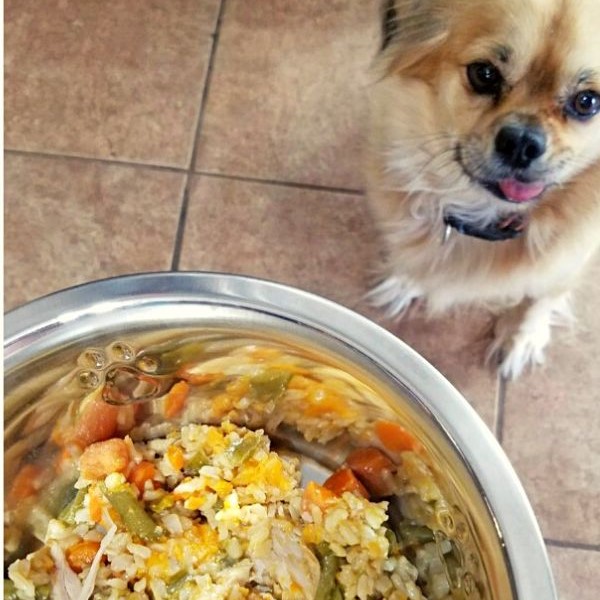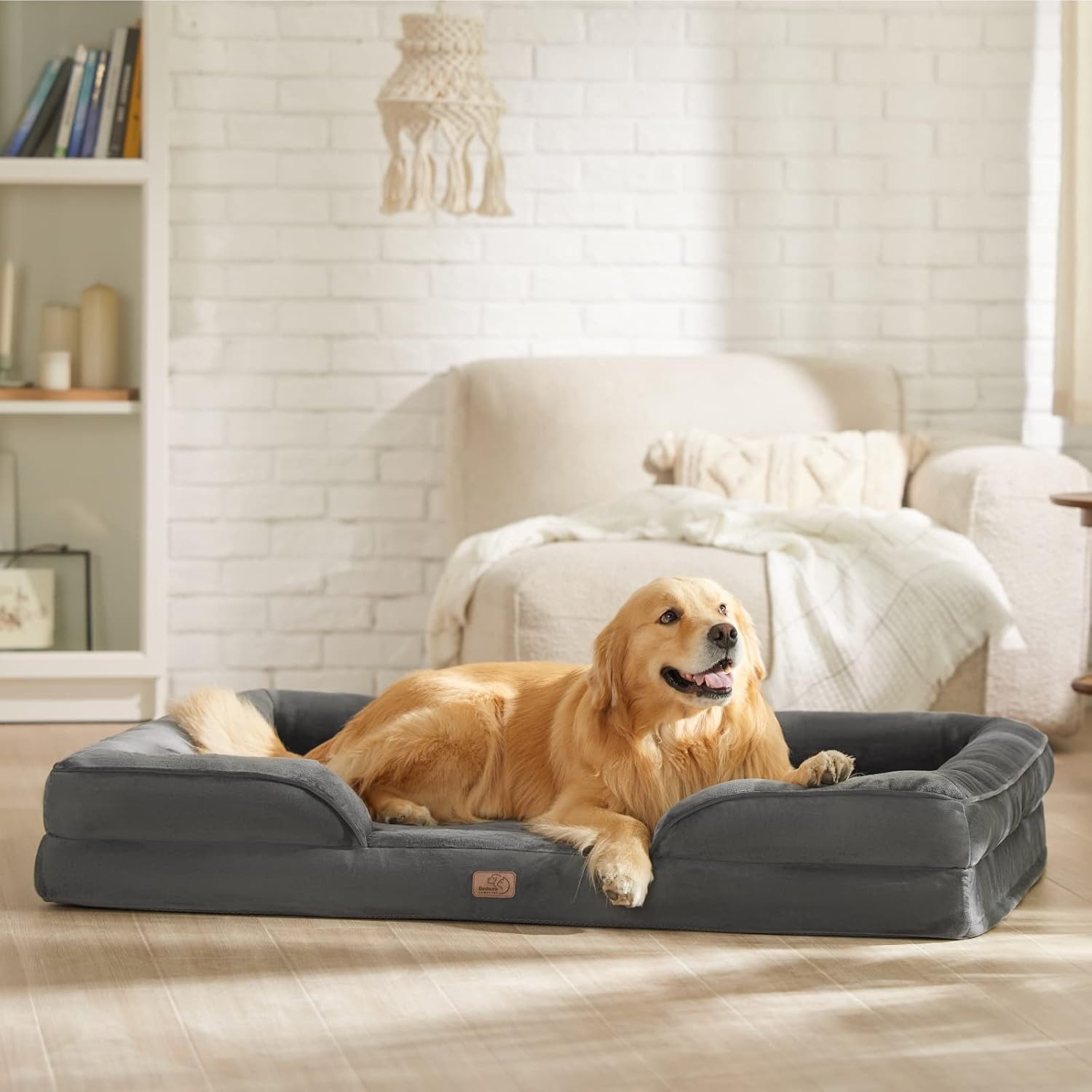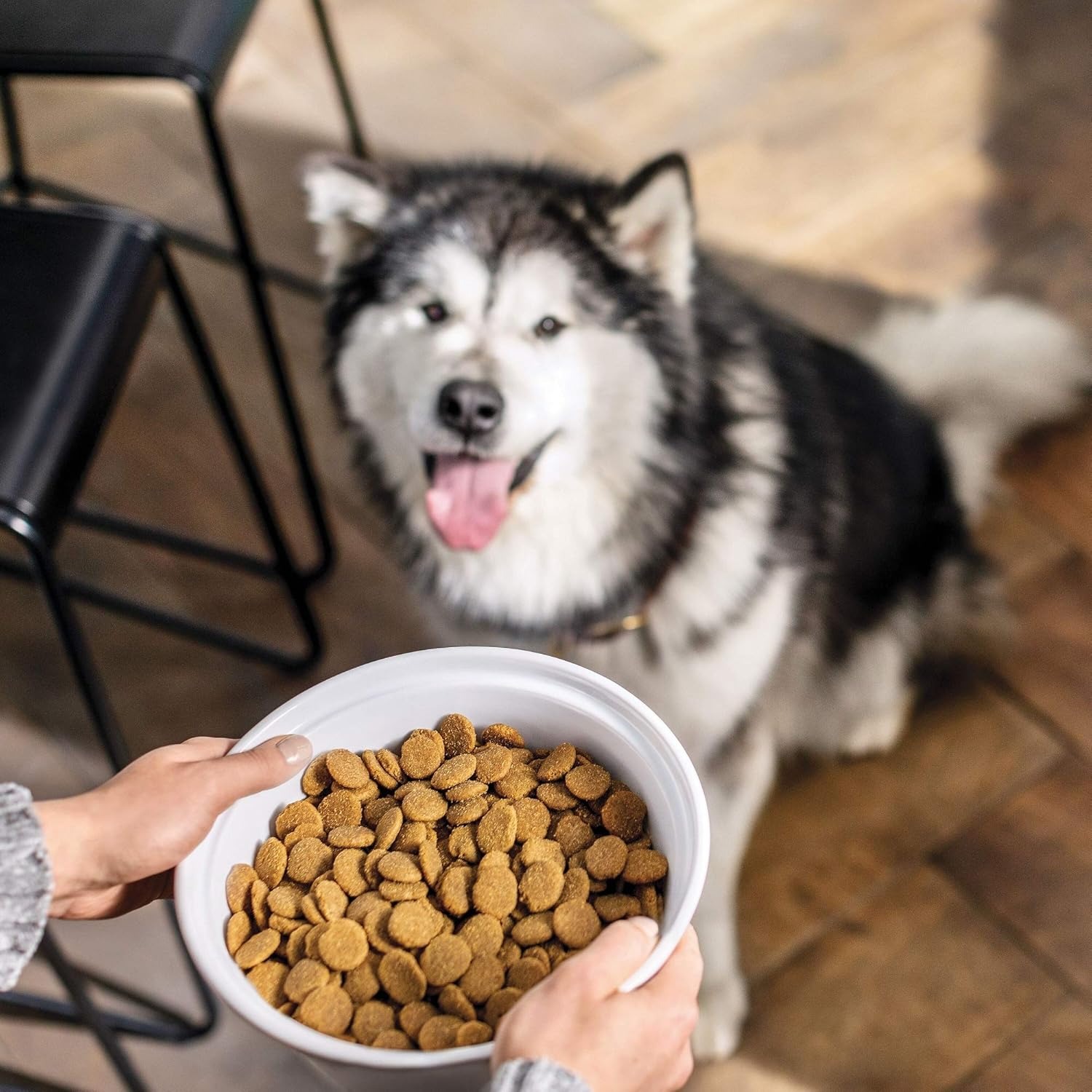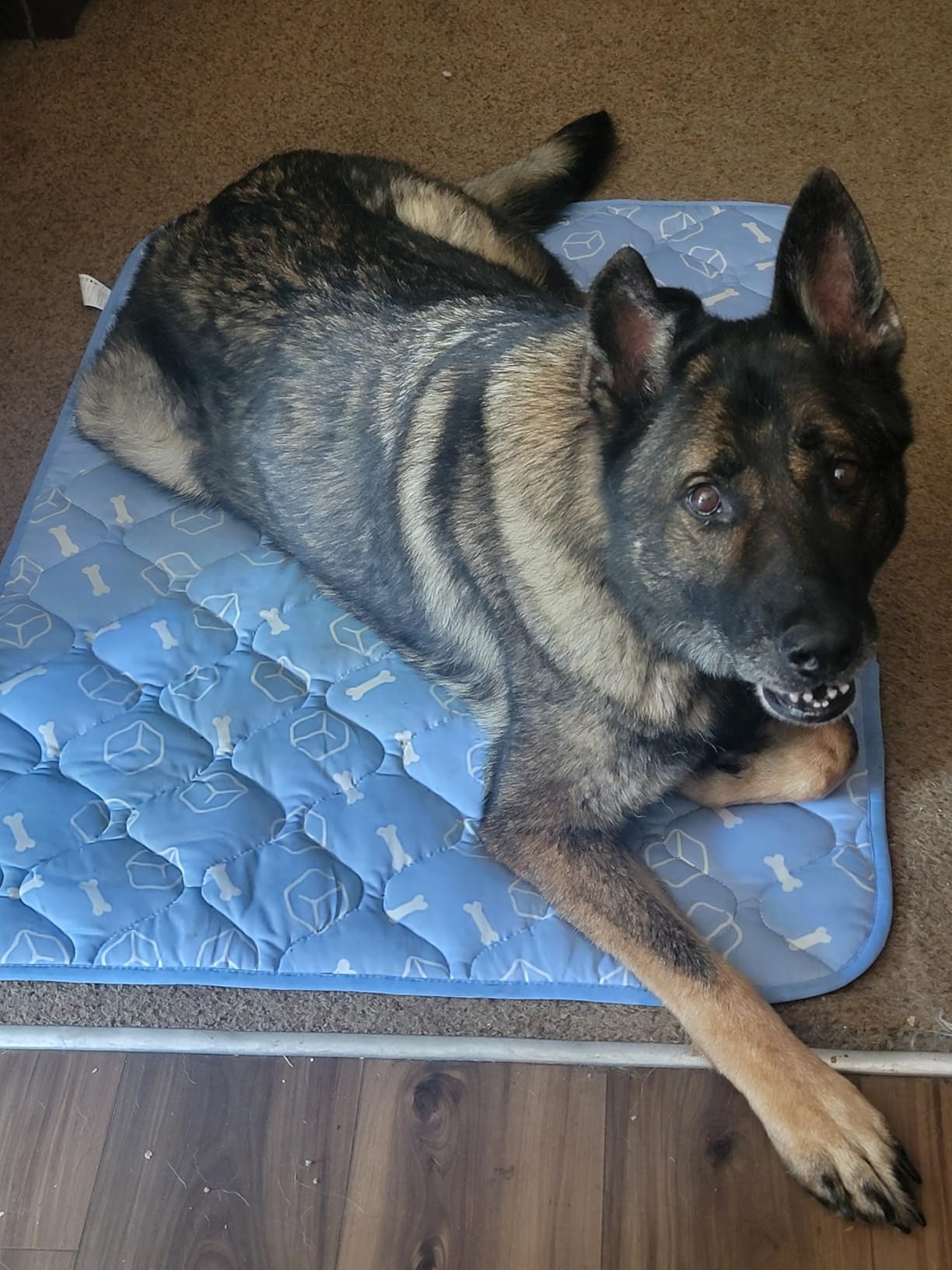Introduction: Understanding Sensitive Skin in Dogs
Dealing with a dog with sensitive skin can be quite challenging for pet owners. Many issues can arise, ranging from environmental allergies to reactions to certain ingredients in dog food. That’s where sensitive skin dog food comes into play. This specialized dog food is designed to support the health of dogs suffering from sensitivities, ensuring that their nutritional needs are met while mitigating skin irritations. In this guide, we will explore the benefits of sensitive skin dog food, identify key ingredients to look for, and provide recommendations for the best options available.
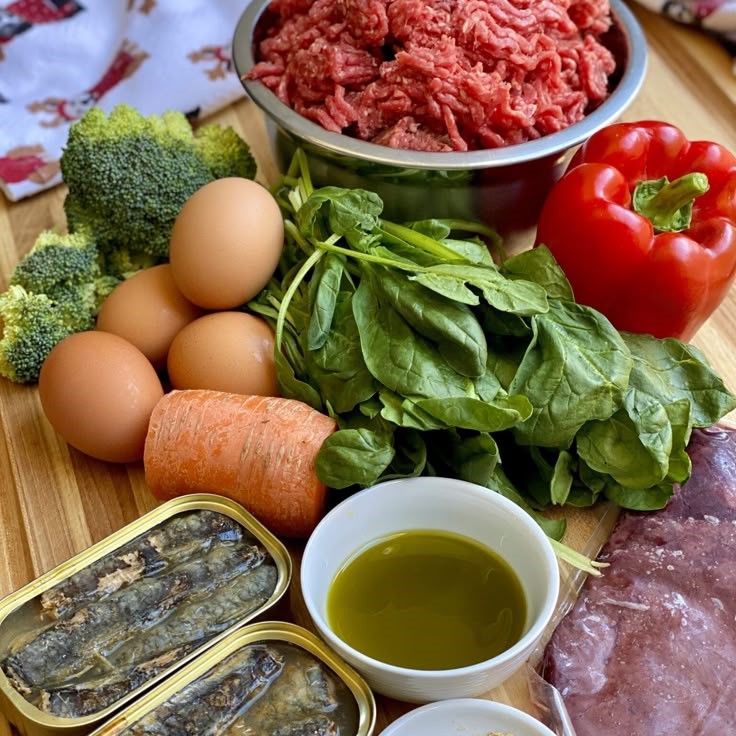
Why Sensitive Skin Occurs in Dogs
- Common Causes of Sensitive Skin: Dogs can develop sensitive skin for several reasons. Allergies to food ingredients, pollen, dust mites, and fleas are common culprits. These sensitivities can lead to symptoms such as itching, redness, and inflammation, necessitating dietary changes to alleviate the discomfort.
- Genetics and Environment: Certain dog breeds are more prone to skin sensitivities due to genetic factors. For example, breeds such as Bulldogs and Terriers often experience skin issues. Environmental factors, such as changes in weather or exposure to allergens, can also contribute to a dog’s sensitive skin.
- The Role of Nutrition: Nutrition plays a significant role in maintaining healthy skin for dogs. A well-balanced diet rich in essential nutrients positively impacts skin health. Conversely, a diet lacking in vital components can exacerbate existing skin issues.
The Benefits
- Specially Formulated Ingredients: Sensitive skin dog food typically contains easily digestible ingredients and avoids common allergens. This specialized formulation helps minimize the risk of triggering allergic reactions, thus improving overall skin health.
- Omega Fatty Acids for Skin Health: Many sensitive skin dog foods are enriched with omega-3 and omega-6 fatty acids. These essential fats are known to promote healthy skin and fur, reducing inflammation and irritation. They also promote a shiny coat, enhancing your dog’s appearance.
- Balanced Nutrition: Sensitive skin dog food is not just about avoiding allergens; it also ensures that your dog receives a balanced diet. This includes high-quality proteins, vegetables, vitamins, and minerals that support your dog’s overall health, including their immune system.
How to Choose the Right Dog Food
- Identify Your Dog’s Specific Needs: Before selecting a dog food, it’s essential to consult with your veterinarian. They can help identify any specific allergens affecting your dog. This knowledge can guide you in choosing appropriate food tailored to your pet’s allergies (or sensitive skin concerns).
- Read the Ingredients List: Always check the ingredient list before purchasing sensitive skin dog food. Look for formulas that list a single source of protein first, such as chicken or lamb, and avoid fillers and artificial additives. Additionally, steer clear of common allergens like wheat, corn, and soy.
- Look for Recommended Brands: Certain brands are known for their quality and effectiveness in managing sensitive skin issues. Research and choose products backed by positive reviews and veterinarian recommendations.
Best Sensitive Skin Dog Food Options
- Limited Ingredient Diets: Many brands offer limited ingredient diet (LID) formulations specifically designed for dogs with sensitive skin. These diets typically contain a single source of protein and fewer ingredients to minimize allergy risks.
- Hypoallergenic Dog Foods: Hypoallergenic dog foods are formulated to reduce the risk of allergic reactions. These products often use hydrolyzed proteins, which break down the protein structure to a point that an allergic reaction is less likely to occur. Consider options like Royal Canin, Hill’s Prescription Diet, or Purina Pro Plan.
- Grain-Free Options: For dogs sensitive to grains, grain-free dog foods may be beneficial. Such diets use alternative carbohydrates, like sweet potatoes or lentils. Brands like Taste of the Wild or Wellness CORE offer grain-free formulas that are highly rated by pet owners.
Transitioning to Sensitive Skin Dog Food
- Gradual Transition: When switching your dog’s food, do so gradually. A sudden change can upset your dog’s stomach, leading to digestive issues. Transition by mixing the new food with the old food over the course of a week. Start with a 75/25 ratio of old to new food and slowly increase the proportion of the new food.
- Monitor Your Dog’s Reaction: As you transition, keep an eye on how your dog responds to the new diet. Look for improvements in their skin condition, coat health, and overall behavior. If you notice any adverse reactions, consult your veterinarian promptly.
- Consistency is Key: Once you find the right sensitive skin dog food that works well for your pet, stick with it. Consistency in their diet can help maintain their skin health and prevent flare-ups associated with food sensitivities.
Other Considerations for Maintaining Dog Skin Health
Regular Grooming
- Importance of a Grooming Routine: Establishing a regular grooming routine is essential for maintaining your dog’s overall skin health. Consistent grooming not only enhances your pet’s appearance but also plays a critical role in preventing various skin issues.
- Benefits of Regular Brushing: Regular brushing serves multiple purposes. It helps remove dead skin cells, dirt, and loose hair that may accumulate on your dog’s coat. Additionally, brushing stimulates the skin, promoting the natural oils that keep the coat shiny and healthy.
- Addressing Allergens: Brushing your dog frequently can also help eliminate allergens that may irritate sensitive skin. By removing pollen, dust mites, and other potential irritants, you can reduce the risk of allergic reactions and ensure your dog remains comfortable.
- Bathing for Skin Health: Bathing is another crucial aspect of grooming. Use a mild, hypoallergenic shampoo specifically formulated for sensitive skin. These shampoos will cleanse without stripping away essential oils, helping to soothe inflamed or irritated skin.
- Frequency of Baths: Determine the appropriate frequency for bathing based on your dog’s breed, coat type, and activity level. Generally, dogs that spend more time outdoors may need more frequent baths, while less active dogs may require fewer.
Hydration and Exercise
- Ensuring Adequate Hydration: Keeping your dog hydrated is vital for their health. Fresh, clean water should be available at all times to promote optimal hydration. Dehydration can lead to dry skin, which exacerbates existing sensitivities and discomfort.
- Impact of Hydration on Skin Health: Adequate hydration helps maintain skin elasticity and moisture, contributing to a healthy coat. It also aids in flushing out toxins from the body, further promoting overall wellbeing.
- Benefits of Regular Exercise: Regular physical activity is crucial in supporting skin and coat wellness. Exercise promotes good blood circulation, ensuring that your dog’s skin receives the necessary nutrients for optimal health.
- Types of Exercise: Engage your dog in various activities that suit their energy level and preferences. This includes brisk walks, play sessions, or interactive games that stimulate both their body and mind.
- Mental Stimulation: Alongside physical exercise, mental stimulation also plays a role in your dog’s overall wellness. Incorporating puzzle toys or training exercises can engage your dog’s mind while complementing their physical activity.
Preventative Measures
- Combatting Flea Infestations: Flea infestations are a common issue that can severely affect your dog’s skin health. Take preventative measures by using veterinarian-recommended flea treatments and collars. Regularly inspecting your dog for fleas or ticks can help catch infestations early.
- Addressing Environmental Allergens: In addition to fleas, be aware of other environmental allergens that can irritate your dog’s sensitive skin. Consider common allergens such as pollen, dust mites, and mold. Taking measures to reduce their presence in your home can enhance your dog’s comfort.
- Keeping a Clean Environment: Maintaining a clean living space plays a significant role in your dog’s skin health. Regularly vacuum and dust your home to minimize allergen accumulation. Also, ensure that your dog’s bedding is washed frequently to reduce irritants.
- Using Dog-Safe Cleaning Products: When cleaning your home, use pet-safe cleaning products to avoid causing skin irritation for your dog. Many commercial cleaners can contain harsh chemicals that may negatively impact your pet’s skin and overall health.
- Regular Veterinary Check-Ups: Schedule regular veterinary visits to monitor your dog’s health. Your veterinarian can provide recommendations tailored to your dog’s specific needs, including vaccinations, skin assessments, and advice on diet and lifestyle.
Conclusion
In conclusion, choosing sensitive skin dog food is an important decision for pet owners seeking to improve their dog’s health and wellbeing. By understanding the causes of sensitive skin, selecting the right food, and actively managing your dog’s diet, you can take significant steps towards alleviating discomfort and promoting a healthier lifestyle.
Investing in high-quality sensitive skin dog food will not only provide essential nutrients but also pave the way for less allergenic reactions. Remember the importance of consulting with your veterinarian for tailored advice, and monitor your dog’s response as you make dietary changes. With the right approach, your furry friend can enjoy a happy and healthy life while maintaining beautiful skin and a shiny coat.

